How do chickens eat without teeth and why don’t they have teeth? The answers relates to their unfortunate status as prey animals. Being near the bottom of the food chain, chickens developed a dine-and-dash system of eating to avoid being eaten themselves by predators. The result is a unique digestive process that allows them to eat quickly, digest quickly, and fly away to safety.
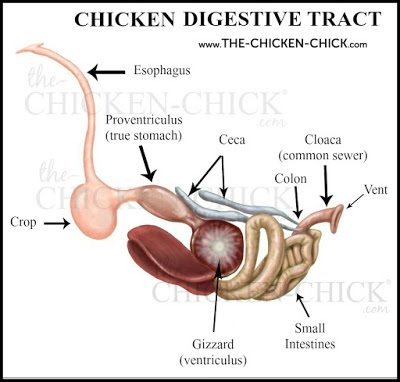
Illustration by Bethany A. Caskey
I’LL TAKE THAT TO-GO!
When a chicken picks up food with its beak, the tongue pushes it to the back of the mouth into its esophagus, which acts like a water slide from the mouth to the crop. A chicken’s crop serves as a temporary food storage pouch; it’s located slightly to the side of its right breast muscle.
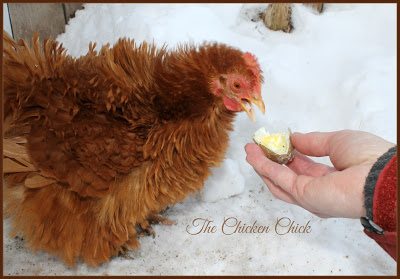
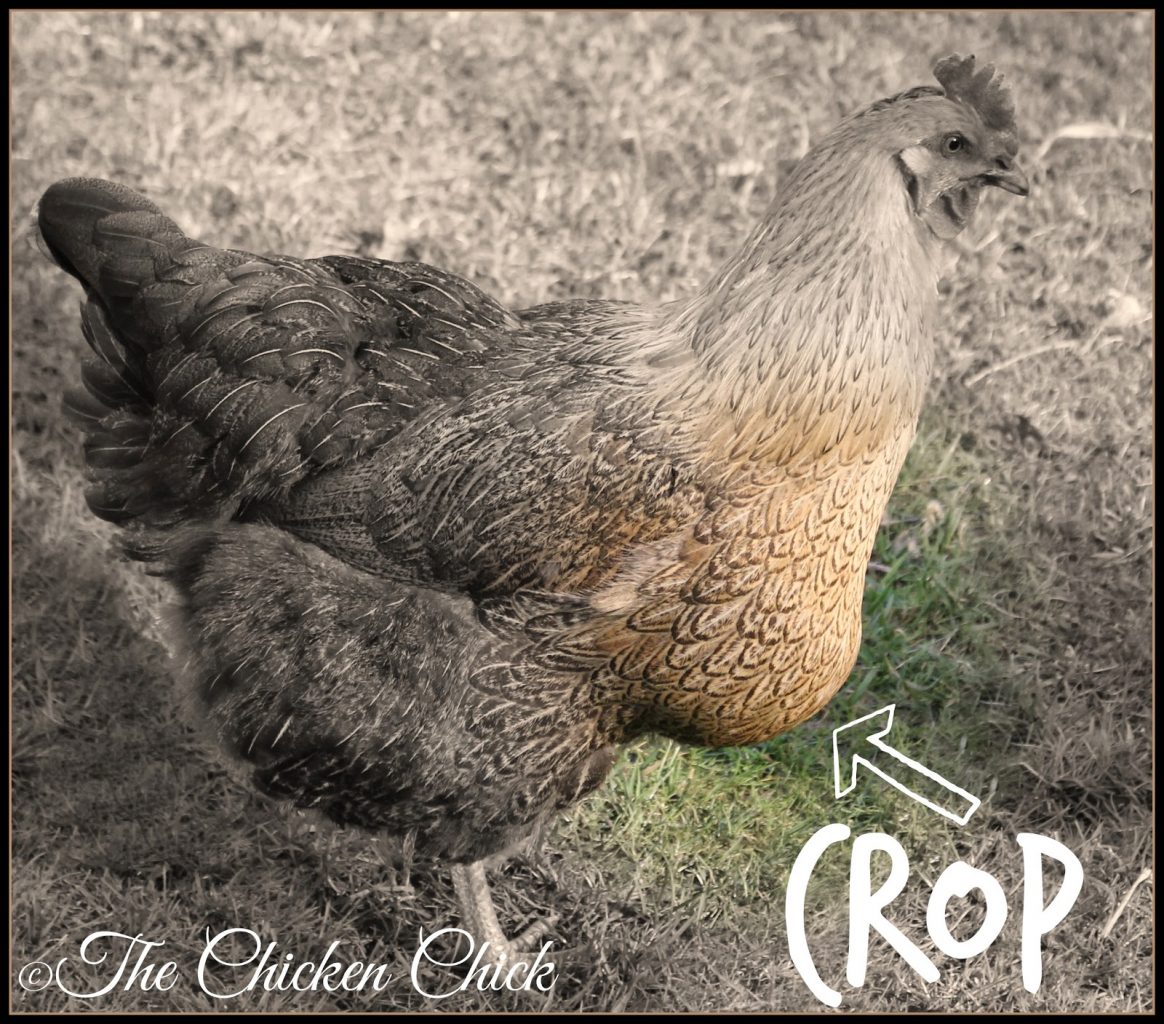
In a conversation with poultry nutritionist, Dr. Biggs, he explained that once in the crop, food mixes with small amounts of beneficial bacteria and lactic acid before moving on to the proventriculus, which is considered the “true stomach.” While in the proventriculus, acids and pepsin (an enzyme) are added to the food mixture.

View the video of our chicken anatomy conversation at this link or click to play the video below.
The next stop…teeth! Not really, but a strong muscle known as the gizzard does the work of teeth for chickens by grinding down any remaining large food particles with the assistance of grit. Grit can be small stones, granite, oyster shells, or sand consumed by a chicken. Chickens that eat only crumbles or pellets do not need grit because the feed dissolves with water and digestive enzymes. Chickens that spend time outdoors naturally pick up grit in their travels if they need it (like when they find a leggy frog. Gah!)

Make sure to grab a grit chaser with that frog, Polly! #safetyfirst
Branching off the small intestine are two dead-end streets known as ceca whose job is to recycle water and ferment any food not previously broken down. This is the source of the super stinky poop deposited by chickens intermittently throughout the day. You know the stuff- it’s got the consistency of cafeteria pudding and stinks to High Heaven. Cecal poop can range in color from yellow to black.
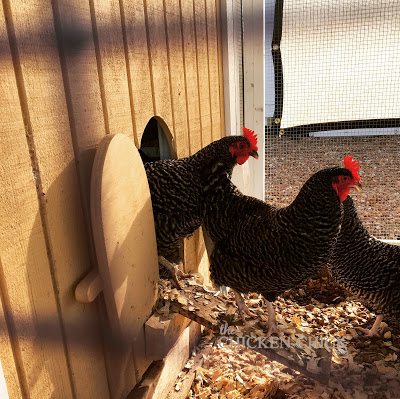
The digestive tract ends at the cloaca where the contents from the intestines combine with solid waste from the chicken’s urinary tract known as urates. Chickens don’t have a bladder- the weight of a full bladder would pose problems for flying prey. Urates are visible on top of chicken poop as a white topper. Finally, chicken waste exits the bird through the cloaca- and so do eggs. #truestory
Fun facts: Abnormal droppings may signal illness, worms, or can be caused by something the chicken ate. Too much protein in the diet can cause diarrhea. The consumption of large amounts of water causes watery droppings, which is normal in hot weather, but not otherwise. Black-oil sunflower seeds can cause black poop, purple cabbage causes blue poop, etc. Learn more about normal and abnormal chicken poop here!
THE END.
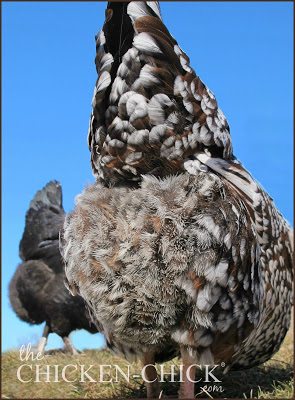
Kathy Shea Mormino
Affectionately known internationally as The Chicken Chick®, Kathy Shea Mormino shares a fun-loving, informative style to raising backyard chickens. …Read on


shop my SPONSORS
How do chickens eat without teeth and why don’t they have teeth? The answers relates to their unfortunate status as prey animals. Being near the bottom of the food chain, chickens developed a dine-and-dash system of eating to avoid being eaten themselves by predators. The result is a unique digestive process that allows them to eat quickly, digest quickly, and fly away to safety.

Illustration by Bethany A. Caskey
I’LL TAKE THAT TO-GO!
When a chicken picks up food with its beak, the tongue pushes it to the back of the mouth into its esophagus, which acts like a water slide from the mouth to the crop. A chicken’s crop serves as a temporary food storage pouch; it’s located slightly to the side of its right breast muscle.


In a conversation with poultry nutritionist, Dr. Biggs, he explained that once in the crop, food mixes with small amounts of beneficial bacteria and lactic acid before moving on to the proventriculus, which is considered the “true stomach.” While in the proventriculus, acids and pepsin (an enzyme) are added to the food mixture.

View the video of our chicken anatomy conversation at this link or click to play the video below.
The next stop…teeth! Not really, but a strong muscle known as the gizzard does the work of teeth for chickens by grinding down any remaining large food particles with the assistance of grit. Grit can be small stones, granite, oyster shells, or sand consumed by a chicken. Chickens that eat only crumbles or pellets do not need grit because the feed dissolves with water and digestive enzymes. Chickens that spend time outdoors naturally pick up grit in their travels if they need it (like when they find a leggy frog. Gah!)

Make sure to grab a grit chaser with that frog, Polly! #safetyfirst
Branching off the small intestine are two dead-end streets known as ceca whose job is to recycle water and ferment any food not previously broken down. This is the source of the super stinky poop deposited by chickens intermittently throughout the day. You know the stuff- it’s got the consistency of cafeteria pudding and stinks to High Heaven. Cecal poop can range in color from yellow to black.

The digestive tract ends at the cloaca where the contents from the intestines combine with solid waste from the chicken’s urinary tract known as urates. Chickens don’t have a bladder- the weight of a full bladder would pose problems for flying prey. Urates are visible on top of chicken poop as a white topper. Finally, chicken waste exits the bird through the cloaca- and so do eggs. #truestory
Fun facts: Abnormal droppings may signal illness, worms, or can be caused by something the chicken ate. Too much protein in the diet can cause diarrhea. The consumption of large amounts of water causes watery droppings, which is normal in hot weather, but not otherwise. Black-oil sunflower seeds can cause black poop, purple cabbage causes blue poop, etc. Learn more about normal and abnormal chicken poop here!
THE END.




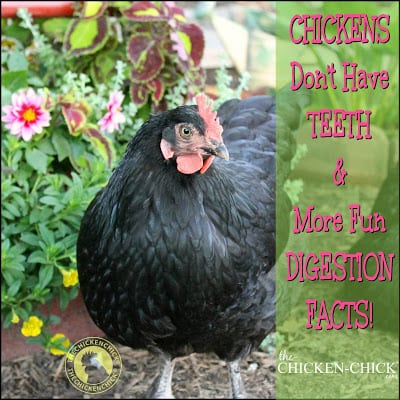













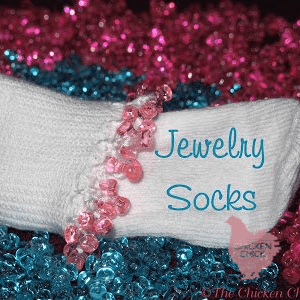
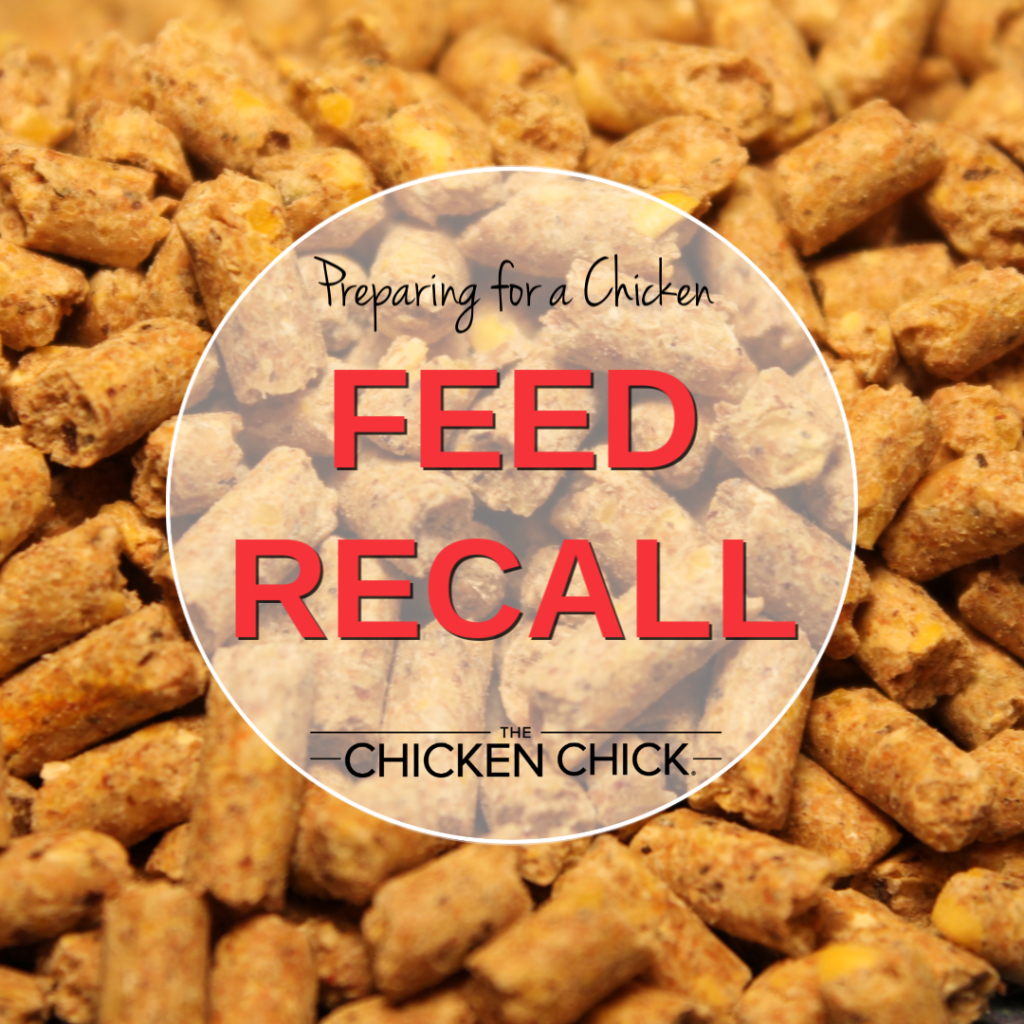
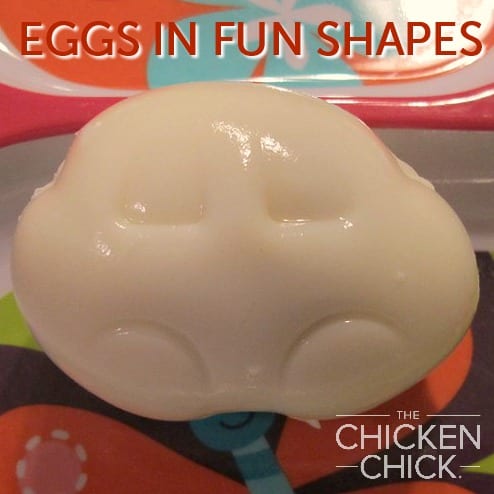









Thank you Kathy, for again giving us a chance to win another great item, the Chicken Fountain! I love mine and would love to have the chance to win another one!
This would be very useful!
Yay! I’m back on the list again. Thanks for entering me into the giveaway. And for that picture of a dinosaur eating an innocent amphibian.
I would love to win this for my girls :)
Awesome give away